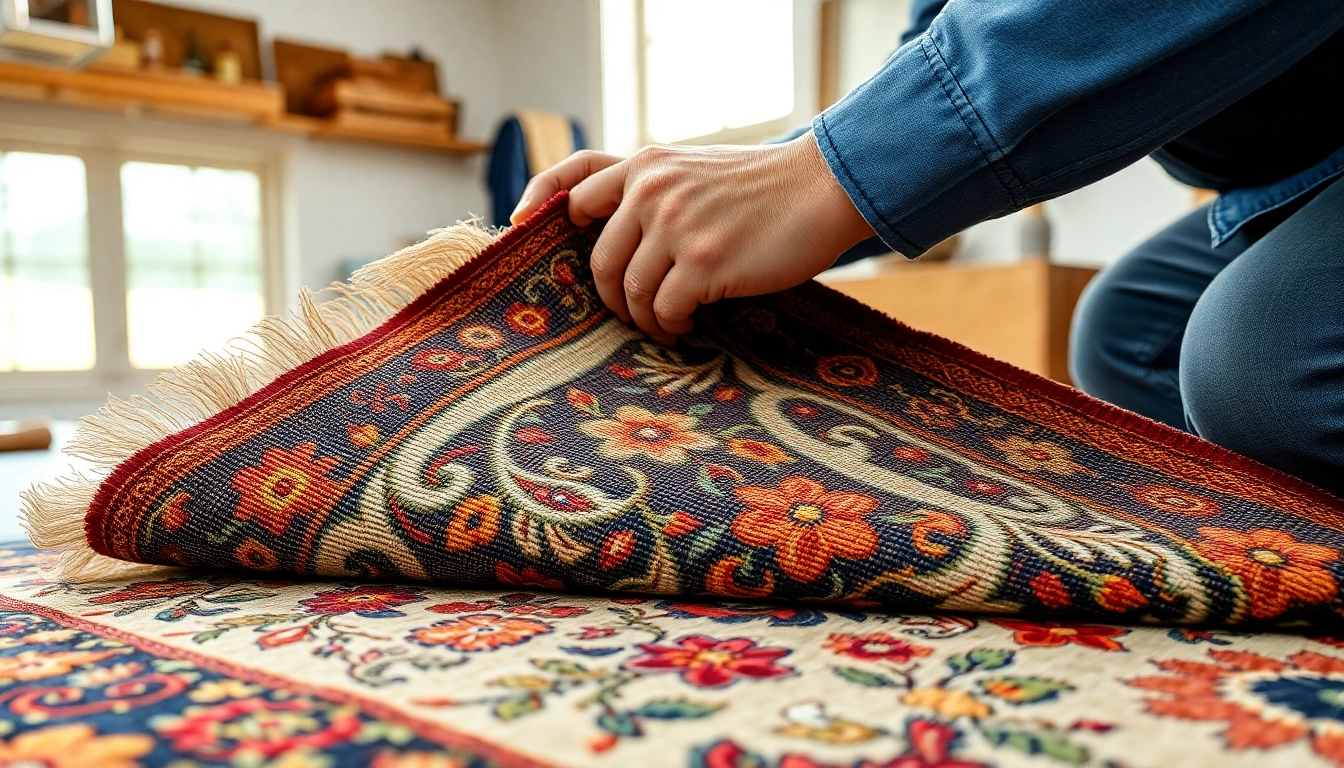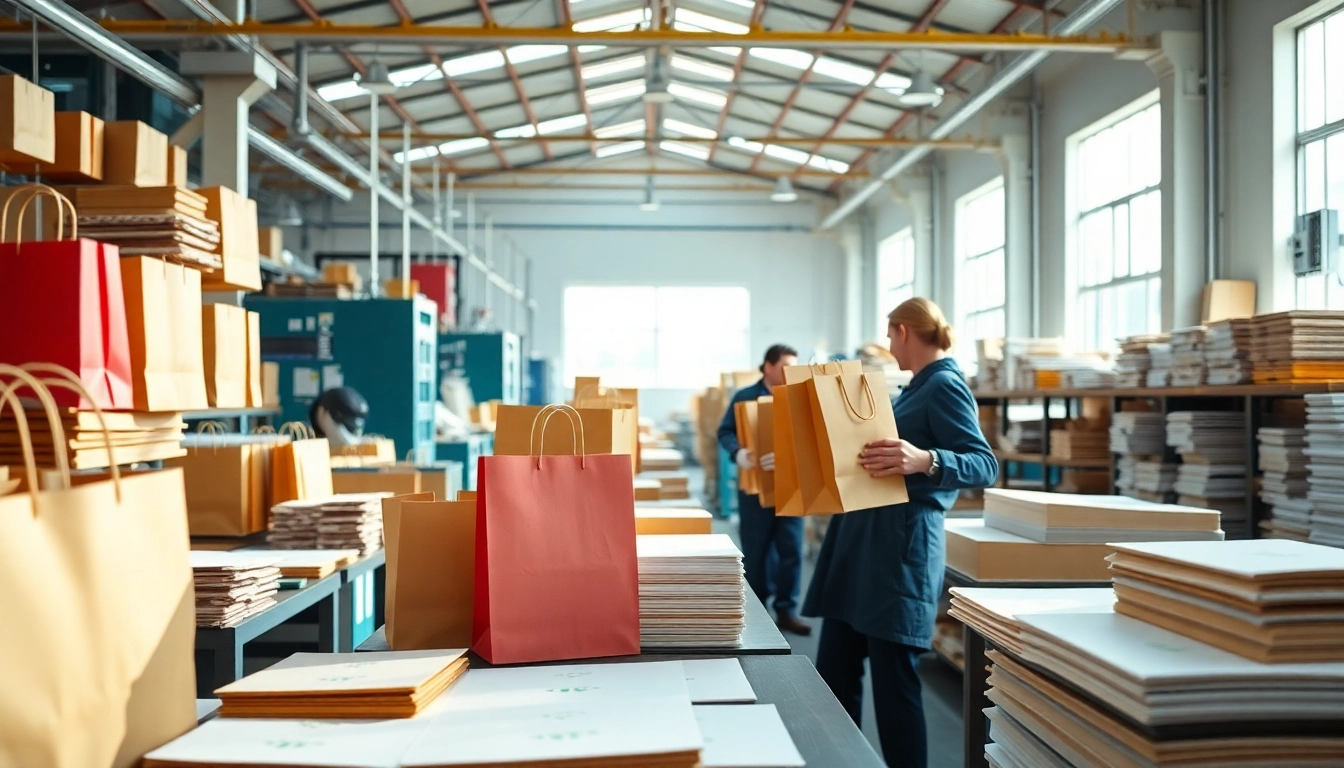Understanding the Importance of Restauro Tappeti Milano
Why professional restoration is essential for antique and modern rugs
Rugs serve as both functional items and valuable artistic expressions that embody cultural heritage and craftsmanship. Over time, exposure to environmental factors, foot traffic, and accidental damages can diminish their aesthetic appeal and structural integrity. Engaging in expert Restauro Tappeti milano ensures that these intricate textiles are preserved and revitalized by skilled artisans who understand the nuances of different materials and techniques. Professional restoration extends a rug’s lifespan, maintains its historical value, and prevents further deterioration. Especially for antique rugs, restoration is a crucial process to safeguard their authenticity and market worth, making it an investment rather than mere expense.
Common damages in carpets and how restoration restores their vitality
Rugs are susceptible to various forms of damage, including fraying edges, holes, stains, color fading, and structural degradation of fibers. Pet-related damages like scratches or urine stains are common, alongside wear from foot traffic. Restorative techniques address each issue; for example, reweaving damaged areas, replacing missing fibers with matching materials, and cleaning to remove embedded dirt and grime. Repairing frayed fringes or securing loose knots restores the rug’s structural integrity and aesthetic harmony. Restoring color vibrancy through specialized dyeing techniques can recover lost brilliance, providing a renewed visual appeal and extending the functional life of the piece.
Benefits of choosing local experts in Milano for rug restoration
Opting for local restoration specialists in Milano presents multiple advantages. Local artisans are familiar with regional rug styles, materials, and traditional techniques, ensuring high-fidelity restoration. They provide personalized consultations and faster turnaround times, which is critical for preserving the integrity of delicate items. Additionally, choosing local experts supports the community and allows more transparent communication. Reputable Milano-based restoration workshops often showcase extensive experience with diverse rug types—from Persian and Turkish to contemporary designs—offering confidence in their expertise and commitment to preserving your valuable investment.
Restauro Tappeti: Techniques and Best Practices
Traditional methods versus modern restoration techniques
Restoration methods vary from time-honored craftsmanship to cutting-edge technological interventions. Traditional techniques often involve hand-knot repair, reweaving, and natural dyeing, reflecting authentic craftsmanship that respects the rug’s origin. Modern techniques include laser cleaning, synthetic dye matching, and the use of advanced adhesives for stabilizing fibers. Integrating both approaches yields optimal results; for example, combining meticulous hand-repair with non-invasive cleaning methods ensures the preservation of the rug’s original qualities while addressing contemporary issues efficiently. Understanding when to employ each technique is essential for achieving seamless restoration outcomes that respect the rug’s historical and artistic significance.
Step-by-step process of restoring different types of carpets
The restoration process typically follows these stages:
- Assessment: A comprehensive evaluation of the rug’s condition, materials, age, and damages. Experts identify specific needs such as structural repairs, cleaning, or color restoration.
- Cleaning: Delicate washing using specialized solutions suited for silk, wool, or synthetic fibers. This step removes dirt, stains, and old dyes that may have faded or discolored over time.
- Repair & Reweaving: Addressing tears, holes, or frayed edges by hand-knotting or reweaving damaged areas with matching fibers and techniques.
- Color Restoration: Recoloring faded areas with historically accurate dyes to revive the original vibrancy without compromising authenticity.
- Finishing & Preservation: Final inspection, re-stretching, and application of protective coatings or treatments to enhance durability.
Each rug type—be it Persian, Oriental, or modern—requires tailored approaches to maintain its unique characteristics during restoration.
Materials and tools used in professional restoration work
High-quality materials are the backbone of successful restoration. These include natural dyes derived from plants and minerals for authentic color matching, silk or wool fibers for reweaving, and specialized adhesives that offer strength without compromising flexibility. Tools such as microscopic needles, fine scissors, tacking frames, and laser scanners facilitate precise repairs. Modern restorers also utilize digital imaging for color matching and 3D modeling to plan complex reweaves. The use of top-grade, environmentally friendly products ensures the preservation of both the rug and the environment, reflecting a commitment to sustainable restoration practices.
Cost and Value of Restauro Tappeti Milano
Factors influencing restoration costs and typical price ranges
The cost of restoring a rug varies based on multiple factors, including size, age, material complexity, extent of damage, and the type of restoration required. Minor cleaning and minor repairs typically start around €50-€150, while comprehensive restoration for antique or large pieces can reach €500-€2000 or more. High-density knots, valuable historical rugs, or those requiring delicate reweaving with rare materials tend to incur higher costs. Detailed estimates are best obtained after an on-site assessment by specialists who consider the specific needs and urgency of the project. Transparency in pricing and clear communication are hallmarks of reputable Milano-based restoration centers.
How restoration adds value to your rug
Restoration enhances a rug’s aesthetic appeal, structural stability, and authenticity—significantly increasing its market value. For antique and collector pieces, a professionally restored rug maintains its historical integrity while appearing as close to its original state as possible. Well-restored rugs can fetch higher resale prices and are more likely to attract discerning buyers or collectors. Additionally, a pristine, well-maintained rug can be a family heirloom that appreciates over time, making restoration a worthwhile investment to preserve future generations’ cultural and monetary assets.
Getting accurate estimates and choosing tailored services
To ensure optimal results, consult with multiple reputable restoration experts for detailed quotes. Professionals often provide on-site inspections, assessing specific damages and offering customized solutions. When selecting a service, confirm their experience with your rug’s particular type and condition, review customer testimonials, and request before-and-after case studies if available. A tailored restoration plan ensures your rug receives the precise treatment needed, balancing quality with cost-effectiveness and aligning with your aesthetic and preservation goals.
How to Choose the Right Restauro Tappeti Milano Service
Questions to ask before selecting a restoration workshop
- What is the team’s expertise with my specific type of rug?
- Can they provide references or testimonials from previous clients?
- Do they use authentic dyes and materials compatible with traditional techniques?
- What is their estimated timeline and cost for my project?
- Do they offer a guarantee or warranty on their work?
Reviewing credentials, experience, and customer testimonials
Ensure the chosen workshop is accredited by relevant cultural or trade associations and has extensive experience, especially with historical or high-value pieces. Visiting their atelier, reviewing portfolios, or seeking references helps assess their craftsmanship quality. Customer testimonials often reveal insights into their professionalism, attention to detail, and post-restoration care. A trustworthy service will be transparent about their methods and willing to explain their process thoroughly.
Tips for maintaining the beauty after restoration
Post-restoration maintenance prolongs the effects and preserves your rug’s vibrancy. Regular gentle vacuuming avoids accumulation of dirt and dust. Avoid placing rugs in direct sunlight to prevent fading and keep indoor humidity levels stable to prevent fibers from shrinking or warping. Use protective pads under heavy furniture to avoid indentations, and schedule periodic inspections to address emerging issues early. Proper handling and gentle cleaning techniques, coupled with professional follow-up when necessary, secure the longevity of your restored rug.
Maintenance Tips to Prolong the Life of Restored Rugs
Proper cleaning and handling practices
Use gentle vacuum settings without a beater bar to prevent fiber damage. To remove spills, blot immediately with a clean, damp cloth rather than rubbing, which can embed stains or fray fibers. Periodic professional cleaning enhances longevity, especially for high-traffic areas or antique pieces. Detailing and tactile cleaning prevent dirt buildup, which accelerates wear and tear. Additionally, avoid harsh chemical cleaners; instead, rely on specially formulated, pH-balanced products designed for delicate fibers.
Environmental controls to prevent damage
Maintain stable indoor temperatures and humidity levels (ideally 18-22°C and 50-60% humidity) to prevent fiber deterioration. Avoid placing rugs near heat sources or in damp areas prone to mold. Proper ventilation reduces odor accumulation and mold growth, which are detrimental to the rug’s fibers. Employ UV-protective window treatments to shield from sunlight-induced fading, and consider using air purifiers if environmental pollutants are a concern.
When to schedule follow-up restorations or inspections
Regular inspections—at least once a year—help identify emerging issues such as fraying, stains, or color fading. Immediate attention to small damages prevents costly, extensive repairs later. For antique or highly valuable rugs, periodic professional evaluations are advisable, especially after any suspected damage incident. A proactive approach ensures ongoing preservation and maximizes your investment’s lifespan.



